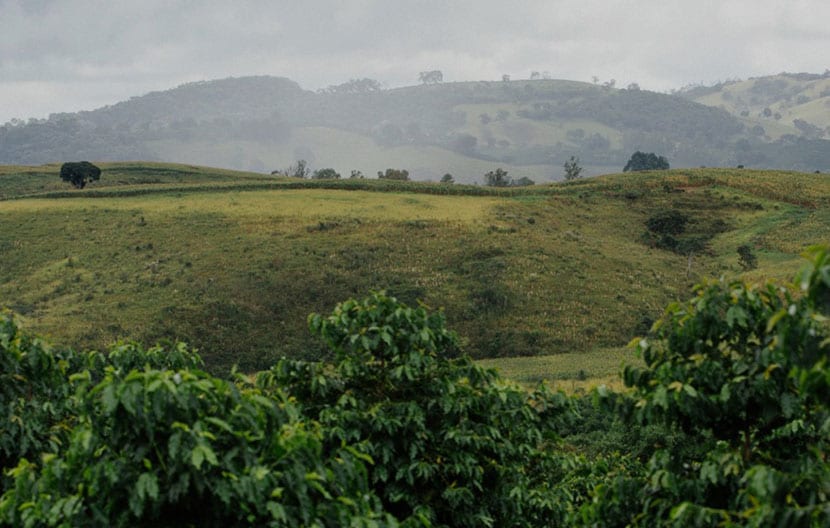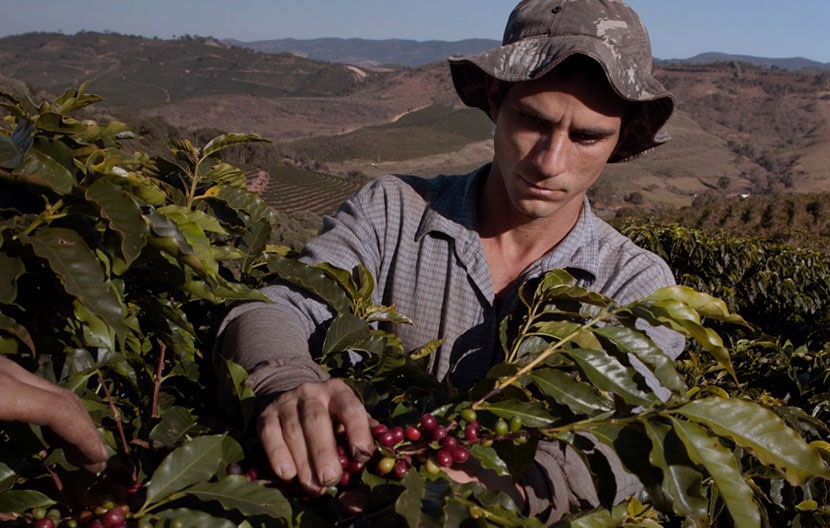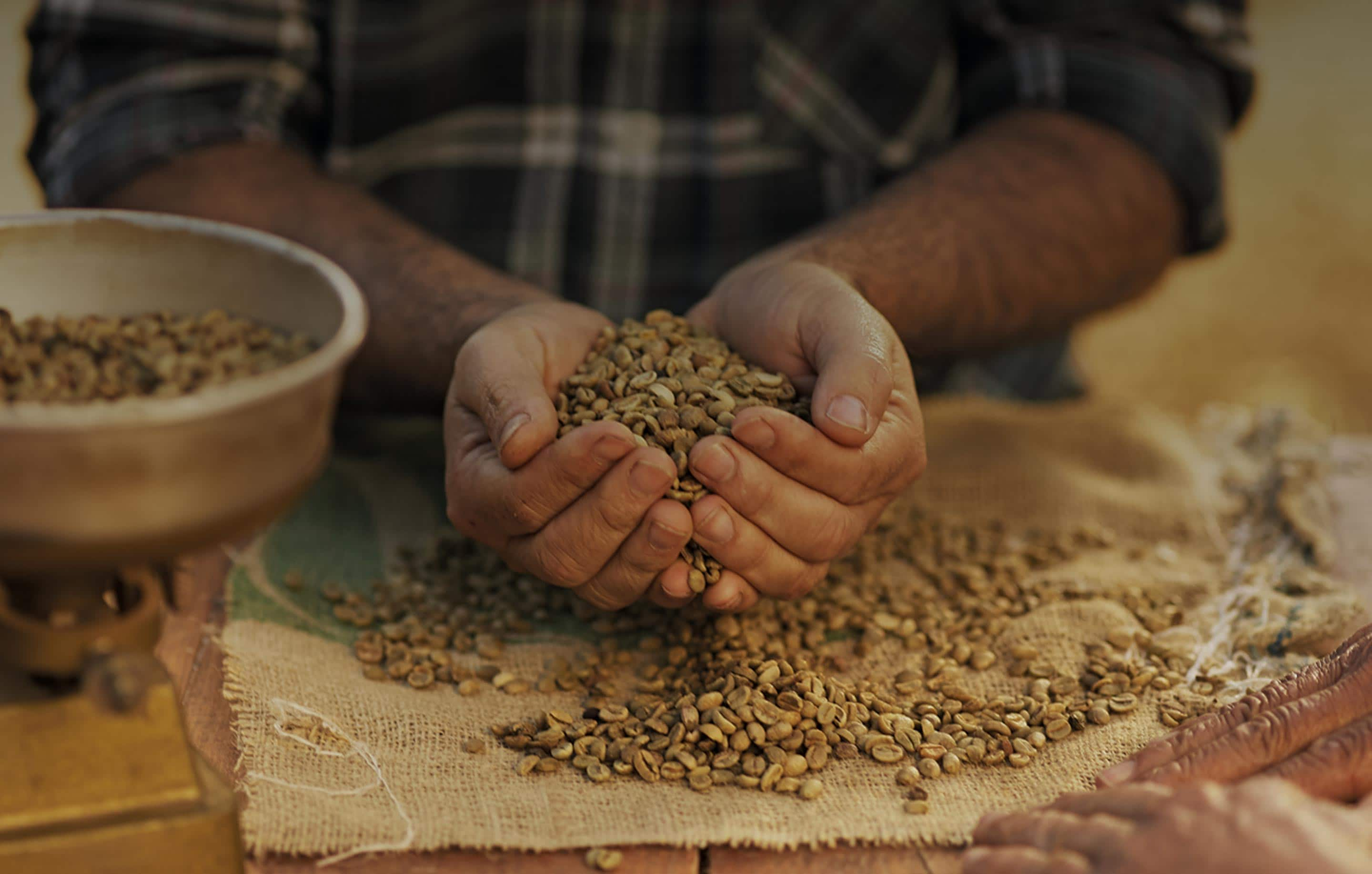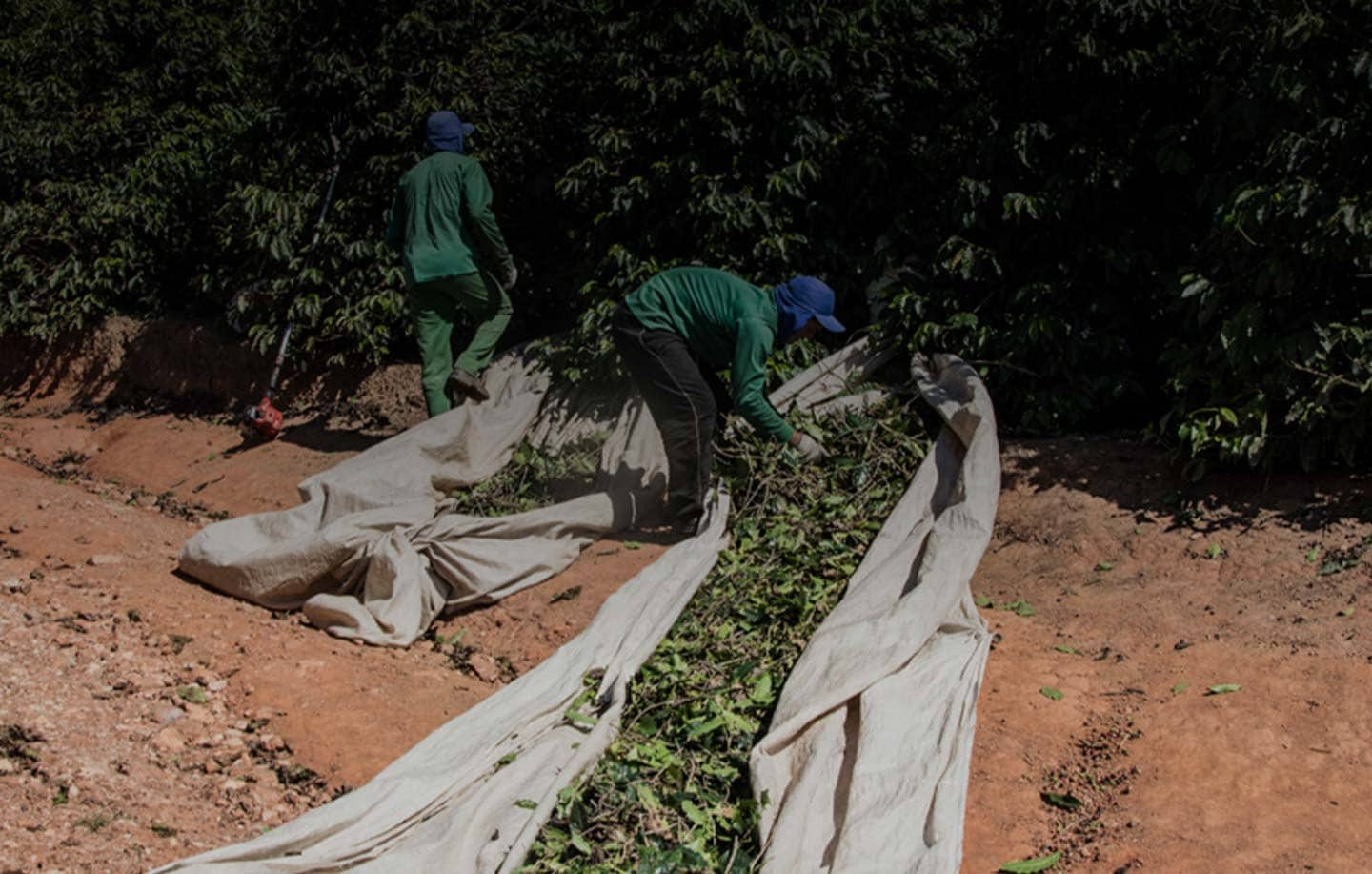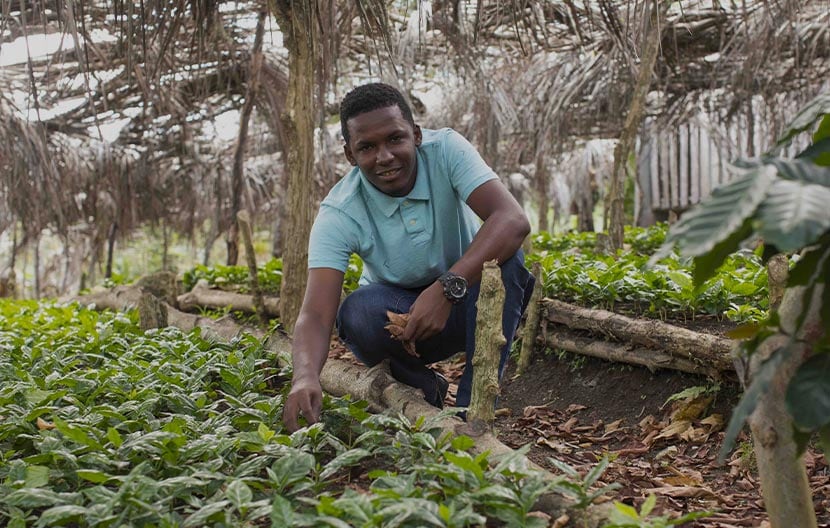*Lavazza is not affiliated with, endorsed or sponsored by Nespresso
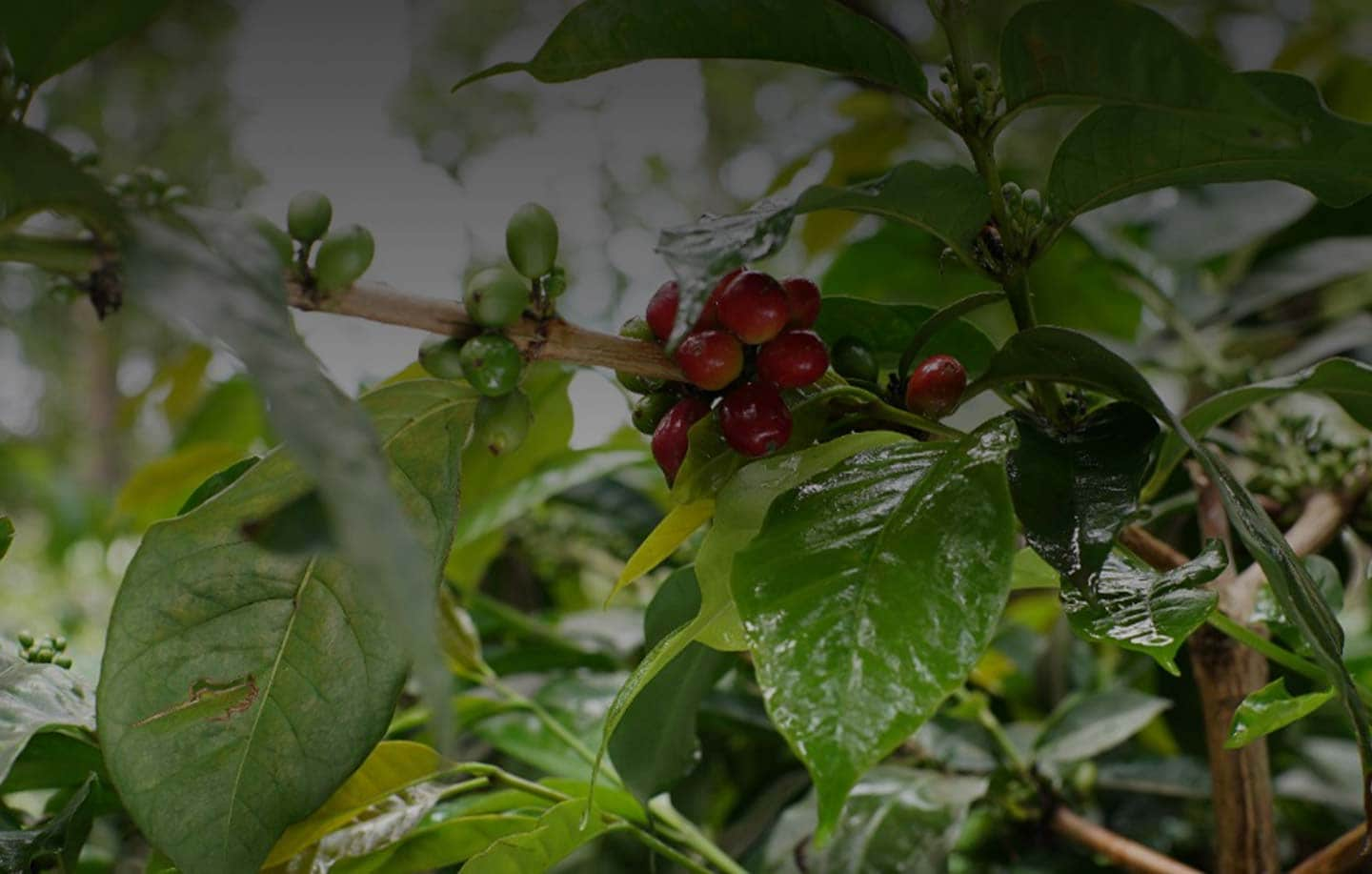
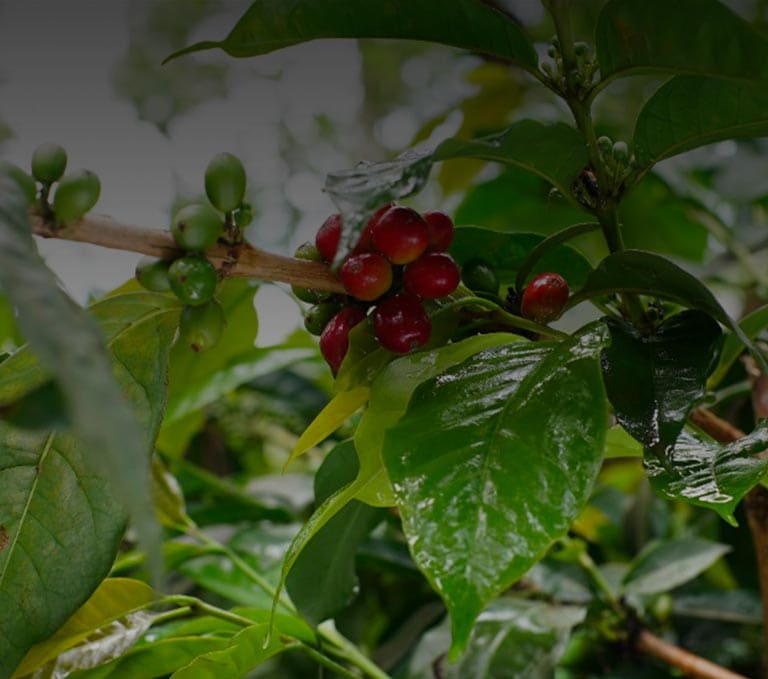
Coffee plantations around the world, each country has its own taste
Just like other products of the Earth, the flavour of coffee is to be seen as characteristic for the country from which it originates. It is a matter of weather, climate, soil and, indeed, farming practices, elements playing an important part in the development of coffee beans, influencing their taste and aroma. Getting to know the origin of your favourite coffee qualities may help you discover single-origin ones and blends that you will love more than others.
The best coffee beans are produced by trees growing at high altitudes in a tropical climate, where it is possible to find a rich soil. Such conditions are to be found in several locations along the Equatorial zone. According to the National Coffee Association, coffee is in fact grown in over 50 countries around the world, mostly located in the so-called Bean Belt circling the globe and covering the tropical areas of America, Africa, and Asia, from Mexico to Myanmar, passing through Zimbabwe and Brazil.
The variety of the plants, the chemistry of the soil and the weather – the amount of rainfall and sunshine above all – are other factors affecting the flavour of coffee, just as well as the way beans are processed after being picked. These different conditions contribute to distinguishing its aroma from one region or plantation to the other, in accordance with an extremely complex combination of factors. Where do coffee beans come from? Let’s go and take a look at some of the largest and most important plantations worldwide!
Where is the biggest coffee plantation
Since we are dealing with the third most consumed beverage in the world right after water and tea, it is no surprise coffee beans are in high demand basically everywhere. As stated by the International Coffee Organization, a total of 169.6 million 60-kilogram bags of coffee were produced worldwide during 2020, while the ten biggest coffee-producing nations held downright 87% of the whole market. Although some coffee-producing countries may sound unexpected, this percentage comes from the top five producers:
- Brazil;
- Vietnam;
- Colombia;
- Indonesia;
- Ethiopia;
Brazil is the strongest powerhouse in the list of coffee output nations, producing on its own nearly 40% of the world’s supply, thanks to a conducive climate perfectly suiting coffee farming that is possible to find in many areas of the country. Brazilian coffee plants cover about 27,000 square kilometres and most of them are located in the Minas Gerais, São Paulo and Paraná states. Unlike most other coffee-producing countries, Brazilian coffee has a distinctive feature since the beans are dried in the sun rather than being washed. This process gives birth to the so-called “unwashed or natural coffee”.
Brazil is so significantly influential to coffee production that the traditional 60-kilogram burlap bags historically used to export the beans are still nowadays considered as a worldwide standard unit of measurement for the production and trade.
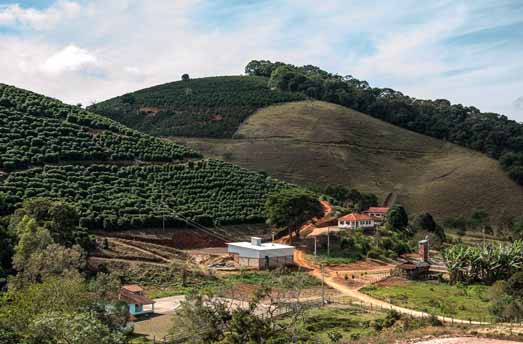
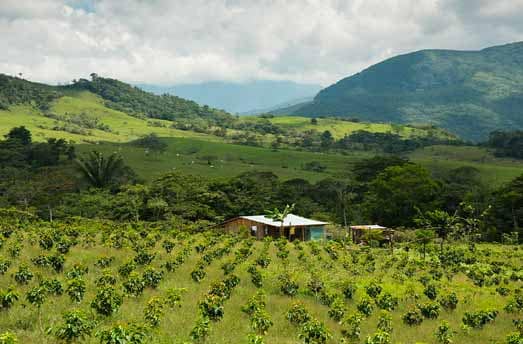
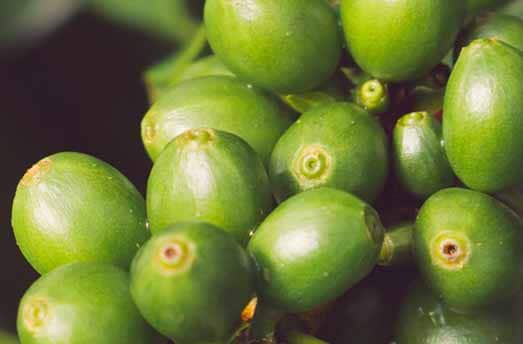
The export of coffee, a treasure for many countries
Statistics report that only oil is traded more than coffee worldwide. The amount of coffee bags exported annually exceeds thirty million consumed by around 30/40% of the world’s population every day, for a global quantity of 500 billion cups every year. Although COVID-19 pandemic affected the supply and demand of coffee all over the world negatively, the coffee industry is strongly bouncing back.
As is well known, the main importers of coffee are the United States, Germany, France, Italy and Belgium, while among the exporters one can find several developing countries, for which coffee provides a considerably peculiar share of the export earnings.
At the beginning of 20th century Brazil represented almost 80% of the global export. This was taking place before other countries started being caught in the business. Nowadays the South American country's exports accounts one third of the world’s production, followed by Colombia, the top leader when it comes to trade Arabica coffee , Indonesia, where coffee cultivation dates to the 16th Century, during the Dutch colonial period, and Honduras, whose climate is quite similar to that of Brazil, making the country a big player in the business only in recent times.
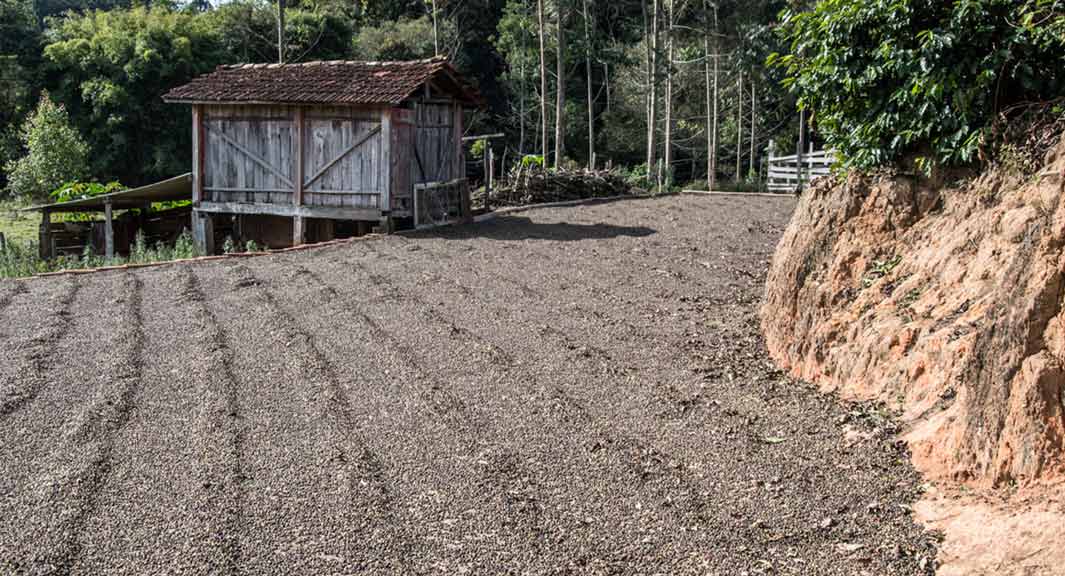
The future of coffee plantations
How does climate change affect the future of the cultivation of coffee ? If, on one hand, farming coffee will probably be more challenging in a warmer climate, on the other, as temperatures rise, high quality coffee will in fact become increasingly difficult to grow, since about half of the land where it is grown will be unproductive.
As the experts suggest, by 2050 the world’s agricultural landscape will likely look quite different than how we know it today. Nonetheless, warming temperatures are already allowing tropical foods to grow in more northern territories, where they could not before. Therefore, the best areas for growing coffee are expected to change and shift away from the tropics and some countries and areas could face new opportunities in terms of cultivation.
As we have seen, different locations correspond to different qualities of coffee and its cultivation as we know it today could in fact change over the next decades, influencing exports, imports, and dynamics around the market of one of the most consumed beverages in the world.

















